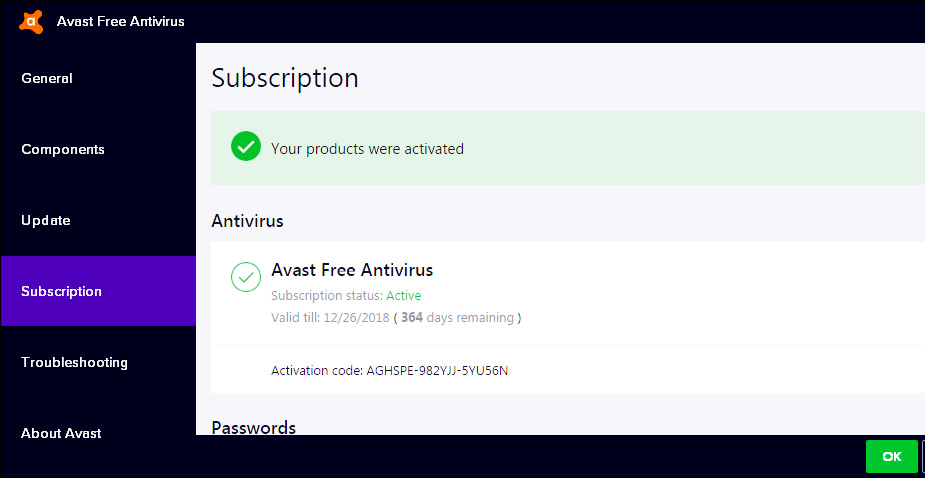
Therefore, it can be used as the classical bound.įurther, an exclusion of classicality can also be argued on the following basis. The iMQC signal, despite the naming, is an entirely classical signal because it can also be the classically derived, which is known as multiple spin echo (MSE). The maxim um classical MQC signal in fluids have been estimated based on the intermolecular MQC (iMQC) approach. The MQC entanglement witness relies on bounds which, for applications in biology, may be based on the maxim um classical signal achievable. NMR sequences based on multiple quantum coherence (MQC) can also witness entanglement. The nuclear spins are quantum systems which could, in theory, be entangled by a cerebral mediator. Hence, the experimental demands on an auxiliary quantum system are that they can be measured non-invasively in the conscious-aware brain, and further that entanglement can be witnessed. Therefore, it is likely that entanglement, if mediated by any brain function at all, may only occur during brain activity.
#Avast free antivirus activation code 2019 full#
Although, quantum computing can be achieved without entanglement, it is commonly believed that entanglement is essential to play out its full advantages. If a cerebral mediator of this kind exists, then it is likely that the entanglement plays an important role in the brain. Those proposals use auxiliary quantum systems, for which they showed that if a system can mediate entanglement between auxiliary quantum systems, then the mediator itself is non-classical. In this respect, recent proposals in quantum gravity may help to overcome experimental restrictions in living systems. Experimental methods, which could distinguish classical from quantum correlations in the living brain, haven't yet been established.

Whether those, or other macroscopic systems in the brain can be non-classical, is still unknown. However, nuclear spins can, like electron spins, influence chemical reactions, which then lead to macroscopic results as commonly observed in physiology. Similar, Xenon isotopes with 1/2 spin are effective anaesthetizers in contrast to Xenon isotopes with spin 0 which have only little effects. For example, Lithium-6 isotopes with nuclear spin 1 increase activity of complex behaviour in contrast to Lithium-7 isotopes with 3/2 spin where it decreases. It has been suggested that entangled radical electron pairs are involved.īeyond those sensory inputs, more complex brain functionalities depend on the presence of specific nuclear spins. Foremost in magneto-reception, there is no doubt that only quantum mechanical effects can explain its sensitivity. Quantum mechanisms are at work in sensory systems feeding the brain with information. Those brain functions must then operate non-classically, which would mean that consciousness is non-classical. Our findings suggest that we may have witnessed entanglement mediated by consciousness-related brain functions. Remarkably, these signals only appeared if the local properties of the magnetization were reduced.

Consciousness-related or electrophysiological signals are unknown in NMR. Similar to HEPs, the evoked signal depended on conscious awareness.


We found that those signals had no correlates with any classical NMR contrast. For short repetitive periods, we found evoked signals in most parts of the brain, whereby the temporal appearance resembled heartbeat-evoked potentials (HEPs). Here, we used a witness protocol based on zero quantum coherence (ZQC) where we minimized the classical signals to circumvent the NMR detection limits for quantum correlation. However, there are doubts that today's NMR signals can contain quantum correlations in general, and specifically in the brain environment. If an unknown mediator exists, then NMR methods based on multiple quantum coherence (MQC) can act as an entanglement witness. Proton spins of bulk water, which most likely interfere with any brain function, can act as the known quantum systems. This approach may be applicable to the brain, where speculations about quantum operations in consciousness and cognition have a long history. Recent proposals in quantum gravity have suggested that unknown systems can mediate entanglement between two known quantum systems, if the mediator itself is non-classical.


 0 kommentar(er)
0 kommentar(er)
